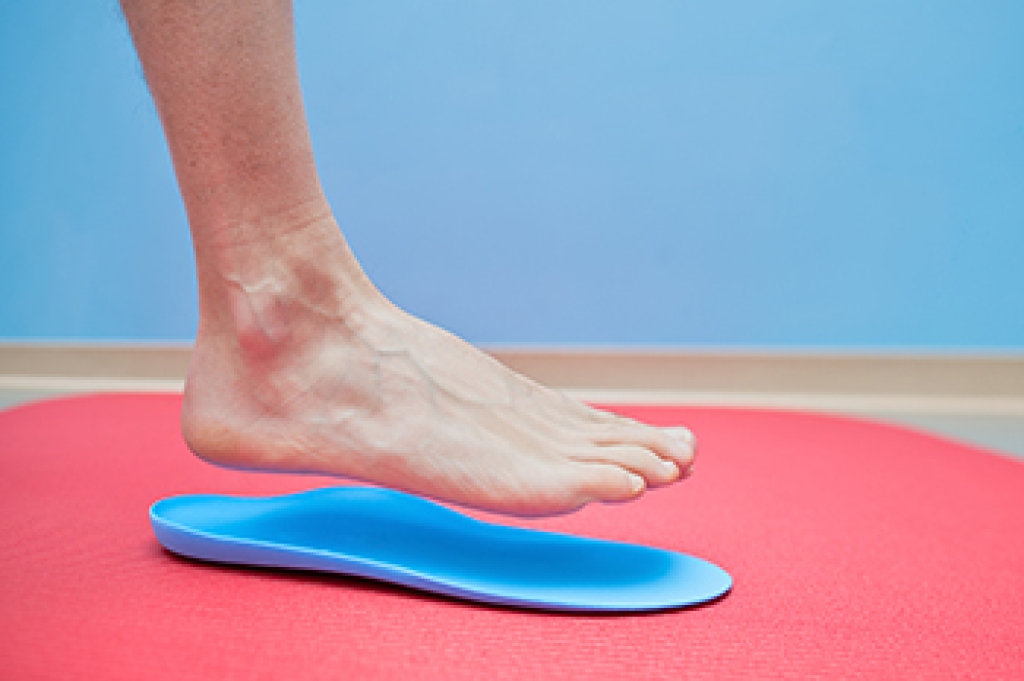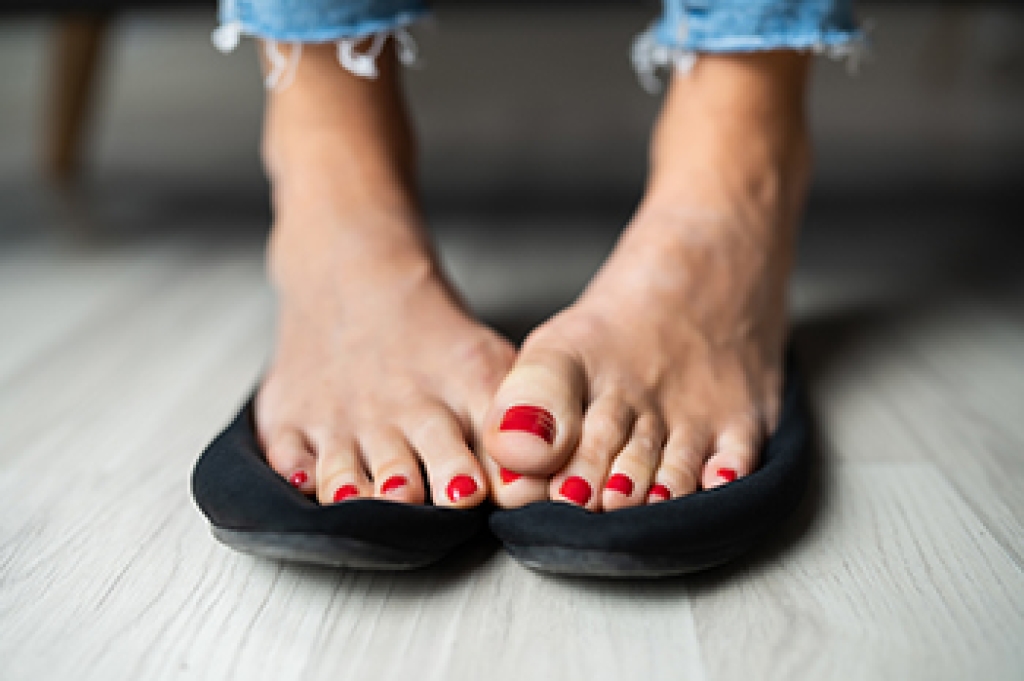
Orthotics are devices placed inside shoes that can correct abnormal foot structures. The feet carry an individual’s weight, and foot pain can cause the entire body to feel fatigued. Custom-made orthotics are unique for your foot needs and are constructed to relieve specific foot problems. They are successful in supporting the arches and can help to realign the feet and ankles. The majority of orthotics offer adequate shock absorption which is often lacking in people who have flat feet. Many people have feet that overpronate, meaning the feet roll inward. Overpronation can happen for various reasons, and orthotics may be helpful for this ailment. If you are considering purchasing orthotics, it is suggested that you consult with a podiatrist who can provide expert advice to help you determine which type is best for you.
If you are having discomfort in your feet and would like to try orthotics, contact one of our podiatrists from Manhattan Footcare. Our doctors can provide the care you need to keep you pain-free and on your feet.
What Are Orthotics?
Orthotics are inserts you can place into your shoes to help with a variety of foot problems such as flat feet or foot pain. Orthotics provide relief and comfort for minor foot and heel pain but can’t correct serious biomechanical problems in your feet.
Over-the-Counter Inserts
Orthotics come in a wide variety of over-the-counter inserts that are used to treat foot pain, heel pain, and minor problems. For example, arch supports can be inserted into your shoes to help correct overarched or flat feet, while gel insoles are often used because they provide comfort and relief from foot and heel pain by alleviating pressure.
Prescription Orthotics
If over-the-counter inserts don’t work for you or if you have a more severe foot concern, it is possible to have your podiatrist prescribe custom orthotics. These high-quality inserts are designed to treat problems such as abnormal motion, plantar fasciitis, and severe forms of heel pain. They can even be used to help patients suffering from diabetes by treating foot ulcers and painful calluses and are usually molded to your feet individually, which allows them to provide full support and comfort.
If you are experiencing minor to severe foot or heel pain, it’s recommended to speak with your podiatrist about the possibilities of using orthotics. A podiatrist can determine which type of orthotic is right for you and allow you to take the first steps towards being pain-free.
If you have any questions please contact our offices located in Manhattan and Brooklyn, NY . We offer the newest diagnostic and treatment technologies for all your foot and ankle needs.





